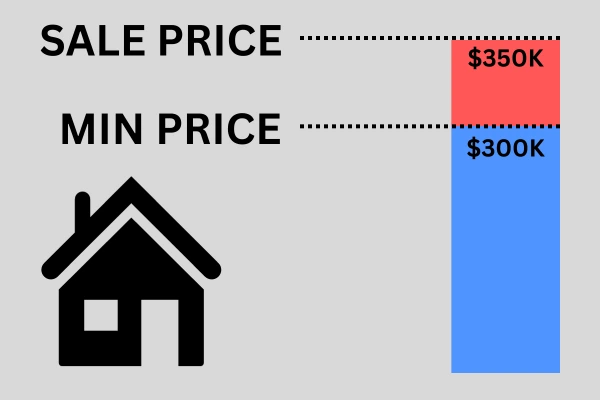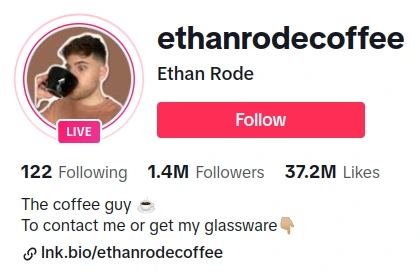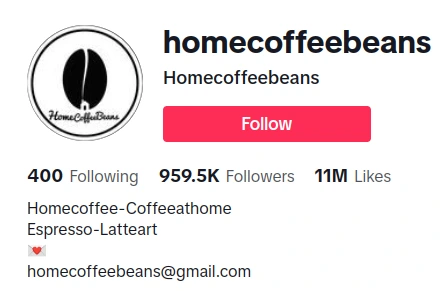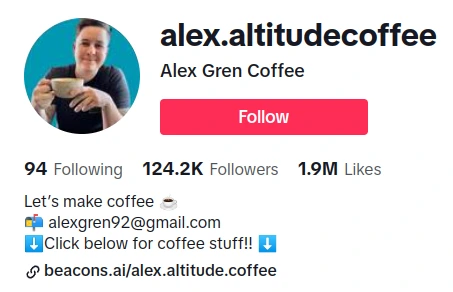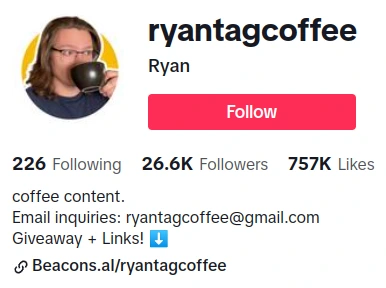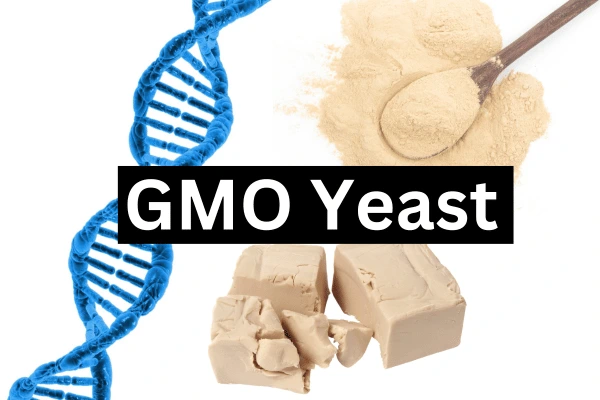
Florida state law provides three very important protections for qualifying homeowners: (1) a property tax reduction as compared with real estate investors, (2) a limit on the maximum yearly increase in assessed property value, and (3) debtor protection that prevents certain creditors from being able to take your home if you default. In this article, I’m going to explain:
- What a homestead is,
- How homestead tax benefits work,
- When a homestead can be rented out without losing the tax benefits, and
- How homesteads are protected from creditors.
Let’s jump in.
What is a Homestead?
A homestead is a single family home, condo, or other property that is used as a primary residence by either the property owner or a dependent of the property owner.
The property tax reduction applies to any homestead, although the maximum tax reduction is only available to homesteads with an assessed value of at least $75,000.
However, the full homestead debtor protections are only available to properties under a certain size. In particular, in order to receive complete debtor protection under Florida homestead law, a property must include no more than 1/2 acre of land if inside a municipality, or 160 acres of contiguous land if not located in any municipality.
How the Florida Homestead Property Tax Reduction Works
First off, you should know that technically homesteaders are eligible for a “tax exemption”. However, the word “exemption” is misleading to many people because homesteaders still have to pay some property tax, just less of it. For that reason, I’m using the phrase “tax reduction” instead of “tax exemption” because I think it’s more self-explanatory.
Most Floridian homeowners are eligible for the full homestead property tax reduction of $50,000. That means that these homeowners will pay property tax not based on the assessed value of their home, but instead on $50,000 less than the assessed value of their home.
For example, suppose Carl owns and lives in a small single family home which is assessed at $400,000. If the tax rate in his county is 1%, then he would ordinarily have to pay 1% of $400,000 = $4,000 in property taxes. However, since Carl qualifies for the full $50,000 homestead tax reduction, he will only pay tax based on the reduced value of $400,000 – $50,000 = $350,000. That means his annual property tax bill will only be 1% of $350,000 = $3,500. The homestead tax reduction saved him $500.
Special Rules
If you are a homeowner, then you only qualify for the full $50,000 reduction if your home’s assessed value is at least $75,000. Otherwise, if your property’s assessed value is below $50,000, you only qualify for a $25,000 reduction. And if your property’s assessed value is between $50k and $75k, then your reduction is your property’s assessed value minus $25k.
Importantly, there is also a difference when it comes to WHICH type of property tax we are talking about. In Florida, your total property tax rate is the sum of the tax rates imposed by several different overlapping local governments. For example, your county may impose a 0.4% tax, your hospital district may impose a 0.1% tax, and your local school district may impose a 0.5% tax. The total tax rate would then hypothetically be 0.4% + 0.1% + 0.5% = 1.0%. However, the homestead tax reduction complicates this because it doesn’t apply evenly to all types of property taxes. Rather, the first $25k of tax reduction applies to ALL types of property taxes, but the second $25k of tax reduction does NOT apply to school district taxes.
Example
Suppose, like before, Carl has a $400,000 house. He has a county property tax rate of 0.4%, a hospital district tax rate of 0.1%, and a school district tax rate of 0.5%. To find his total property tax due, we have to calculate each type of tax individually and then add them up:
County Property Tax = 0.4% of ($400,000 – $50,000) = $1,400
Hospital Property Tax = 0.1% of ($400,000 – $50,000) = $350
School Property Tax = 0.5% of ($400,000 – $25,000) = $1,875
Total Property Tax = $1,400 + $350 + $1,875 = $3,625 ($375 less than it would have been without the homestead tax reduction)
NOTE: Sometimes people colloquially use the term “property taxes” to include non-ad valorem taxes. Non-ad valorem taxes are things like fees paid to a local Solid Waste Authority. These fees are paid based on usage, not based on property value, and so are not really property taxes at all. The homestead property tax reduction therefore does not apply to them.
How to Claim the Homestead Tax Benefit
In order for a homeowner to claim the homestead tax reduction, two conditions must be met:
- You have owned and lived in your property since at least January 1st of the tax year you claim the tax reduction for, and
- You must apply (through your county) for the tax benefit by March 1st of the tax year you want to claim the tax reduction for.
Does the Homestead Tax Reduction Apply to Owner-Occupied Duplexes?
The Florida Supreme Court clarified in 2023 that the owner of a mult-unit property is only entitled to the homestead property tax reduction for the unit he or she resides in, not for the units that are rented out. That means, for example, if Bob owns a duplex worth $110,000, lives in one unit, and rents out the other, then Bob would NOT be able to claim the full $50,000 homestead tax reduction. Instead, he would have to say that $55,000 (50%) of the total property value was his personal residence. The homestead tax reduction for a $55,000 property is only $30,000, and therefore Bob would only be able to claim a $30,000 tax benefit. That means his total taxable property value would drop from $110,000 to $80,000.
NOTE: In reality, it’s very uncommon in today’s world for any single unit of a multi-family building to be worth less than $75,000. Since the homestead tax reduction maxes out after $75,000 of property value, that means the owner of a duplex or triplex would get to claim $50,000 of homestead tax reduction anyway.
Can You Claim the Homestead Tax Exemption if You Airbnb Your House?
You can rent our your full house on Airbnb for up to 30 days each year without losing you homestead tax exemption.
However, if you are on active duty on the military and are deployed or called away, you can potentially rent out your home for an indefinite period of time without losing your homestead tax exemption.
What Other Property Tax Exemptions Exist in Florida?
Florida provides numerous property tax exemptions other than the homestead exemption. Some of the most useful include:
- Property tax exemptions for conservation easements (see F.S. 196.26)
- Economic development tax exemptions for new or expanding businesses
- Historic building tax exemptions
- Exemptions for non-profits
- Exemptions for affordable housing
- Exemptions for disabled veterans
- Exemptions for deployed military service members
You can find a list of all property tax exemptions in Florida Statutes chapter 196.
How Does Homestead Law Limit Increases in Assessed Value?
Florida law limits increases in the assessed property value of a homestead to 3% or less per year.
How Does Florida Homestead Debtor Protection Work?
Any Florida homeowner can submit a signed statement to their local circuit court, declaring that their property is their primary residence and requesting that their home be designated a homestead for purposes of protection from creditors. However, you must apply for and receive the homestead tax exemption before submitting this statement.
Once someone is granted homestead status for their property, the only creditors who can legally force the sale of the property in order to repay a debt are mortgage lenders and contractors who performed work on the property but weren’t paid. All other creditors such as credit card companies, personal loan companies, student loan providers, and business lenders cannot force you to sell your home in order to repay them.
Importantly, the homestead debtor protection only applies to properties on up to 1/2 acre of land if located inside a municipality or up to 160 acres if located outside a municipality. If your primary residence is located on a parcel larger than that, then you can still be forced to sell your home to repay creditors.
References
[1] Constitution of the State of Florida
[2] F.S. 196.031 Exemption of homesteads
[3] F.S. 196.041 Extent of homestead exemptions
[4] F.S. 196.061 Rental of homestead to constitute abandonment
[5] F.S. 196.071 Homestead exemptions claimed by members of armed forces
[6] F.S. 196.075 Additional homestead exemption for persons 65 and older
[7] F.S. 196.151 Homestead exemptions; approval, refusal, hearings
[8] Furst v. Rebholz (Supreme Court of Florida, 2023)
[9] F.S. chapter 222 — Method of setting apart homestead and exemptions
[10] Florida Constitution Article 12, Section 26
[11] Florida Constitution Article 12, Section 27
[12] F.S. 193.155 Homestead assessments
Appendix A: Florida Constitution Article 7, Subsection 6(a)
Subsection 6(a) of Article 7 of the Florida constitution says the following:
“Every person who has the legal or equitable title to real estate and maintains thereon the permanent residence of the owner, or another legally or naturally dependent upon the owner, shall be exempt from taxation thereon, except assessments for special benefits, up to the assessed valuation of twenty-five thousand dollars and, for all levies other than school district levies, on the assessed valuation greater than fifty thousand dollars and up to seventy-five thousand dollars, upon establishment of right thereto in the manner prescribed by law. The real estate may be held by legal or equitable title, by the entireties, jointly, in common, as a condominium, or indirectly by stock ownership or membership representing the owner’s or member’s proprietary interest in a corporation owning a fee or a leasehold initially in excess of ninety-eight years. The exemption shall not apply with respect to any assessment roll until such roll is first determined to be in compliance with the provisions of section 4 by a state agency designated by general law. This exemption is repealed on the effective date of any amendment to this Article which provides for the assessment of homestead property at less than just value.”
Appendix B: Florida Constitution Article 10, Section 4
Section 4 of Article 10 of the Florida constitution says the following:
“(a) There shall be exempt from forced sale under process of any court, and no judgment, decree or execution shall be a lien thereon, except for the payment of taxes and assessments thereon, obligations contracted for the purchase, improvement or repair thereof, or obligations contracted for house, field or other labor performed on the realty, the following property owned by a natural person:
- a homestead, if located outside a municipality, to the extent of one hundred sixty acres of contiguous land and improvements thereon, which shall not be reduced without the owner’s consent by reason of subsequent inclusion in a municipality; or if located within a municipality, to the extent of one-half acre of contiguous land, upon which the exemption shall be limited to the residence of the owner or the owner’s family;
- personal property to the value of one thousand dollars.
(b) These exemptions shall inure to the surviving spouse or heirs of the owner.
(c) The homestead shall not be subject to devise if the owner is survived by spouse or minor child, except the homestead may be devised to the owner’s spouse if there be no minor child. The owner of homestead real estate, joined by the spouse if married, may alienate the homestead by mortgage, sale or gift and, if married, may by deed transfer the title to an estate by the entirety with the spouse. If the owner or spouse is incompetent, the method of alienation or encumbrance shall be as provided by law.”
